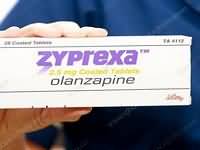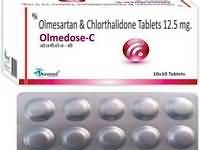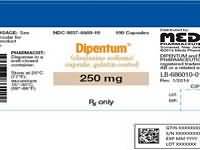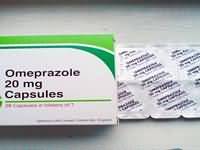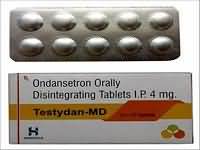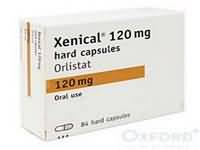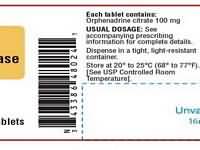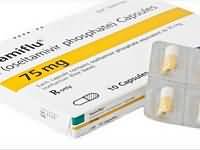Amitriptyline hydrochloride
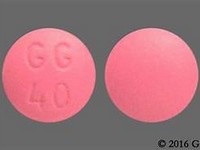
Amitriptyline hydrochloride
CLINICAL USE
Tricyclic antidepressant:
Depression, used especially where
sedation is required
Neuropathic pain
DOSE IN NORMAL RENAL FUNCTION
10–200 mg daily depending on indication
PHARMACOKINETICS
Molecular weight :
313.9
%Protein binding :
96
%Excreted unchanged in urine :
<2
Volume of distribution (L/kg) :
6–36
half-life – normal/ESRD (hrs) :
9–25/Unchanged
DOSE IN RENAL IMPAIRMENT
GFR (mL/MIN)
20 to 50 : Dose as in normal renal function
10 to 20 : Dose as in normal renal function
<10 :
Dose as in normal renal function
DOSE IN PATIENTS UNDERGOING RENAL REPLACEMENT THERAPIES
CAPD :
Not dialysed. Dose as in normal renal function
HD :
Not dialysed. Dose as in normal renal function
HDF/high flux :
Unknown dialysability. Dose as in
normal renal function
CAV/VVHD :
Not dialysed. Dose as in normal renal function
IMPORTANT DRUG INTERACTIONS
Potentially hazardous interactions with other drugs
Alcohol: increased sedative effect
Analgesics: increased risk of CNS toxicity
with tramadol; possibly increased risk
of side effects with nefopam; possibly
increased sedative effects with opioids
Antiarrhythmics: increased risk of
ventricular arrhythmias with amiodarone
– avoid concomitant use; increased risk
of ventricular arrhythmias with drugs that
prolong the QT interval; increased risk of
arrhythmias with propafenone
Antibacterials: increased risk of
ventricular arrhythmias with moxifloxacin
– avoid concomitant use; concentration
possibly reduced by rifampicin
Anticoagulants: may alter anticoagulant
effect of coumarins
Antidepressants: possibly increased
serotonergic effects with duloxetine;
enhanced CNS excitation and
hypertension with MAOIs and
moclobemide; concentration possibly
increased with SSRIs; concentration
reduced by St John’s wort
Anti-epileptics: convulsive threshold
lowered; concentration reduced by
carbamazepine, primidone, barbiturates
and possibly phenytoin
Antimalarials: avoid concomitant use with
artemether/lumefantrine
Antipsychotics: increased risk of
ventricular arrhythmias especially with
pimozide; increased antimuscarinic
effects with clozapine and phenothiazines;
concentration increased by antipsychotics
Antivirals: increased tricyclic side effects
with amprenavir; concentration possibly
increased with ritonavir
Atomoxetine: increased risk of ventricular
arrhythmias and possibly convulsions
Beta-blockers: increased risk of ventricular
arrhythmias with sotalol
Clonidine: tricyclics antagonise
hypotensive effect; increased risk of
hypertension on clonidine withdrawal
Dopaminergics: avoid use with
entacapone; CNS toxicity reported with
selegiline and rasagiline
Pentamidine: increased risk of ventricular
arrhythmias
Sibutramine: increased risk of CNS
toxicity – avoid concomitant use.
Sympathomimetics: increased risk of
hypertension and arrhythmias with
adrenaline and noradrenaline; metabolism
possibly inhibited by methylphenidate
ADMINISTRATION
Reconstition
–
Route
Oral
Rate of Administration
–
Comments
–
OTHER INFORMATION
Introduce treatment gradually in renal
impairment due to dizziness and postural
hypotension
Withdraw treatment gradually
Anticholinergic side effects: causes urinary
retention, drowsiness, dry mouth, blurred
vision and constipation
See how to identify renal failure stages according to GFR calculation
See how to diagnose irreversible renal disease
Home

